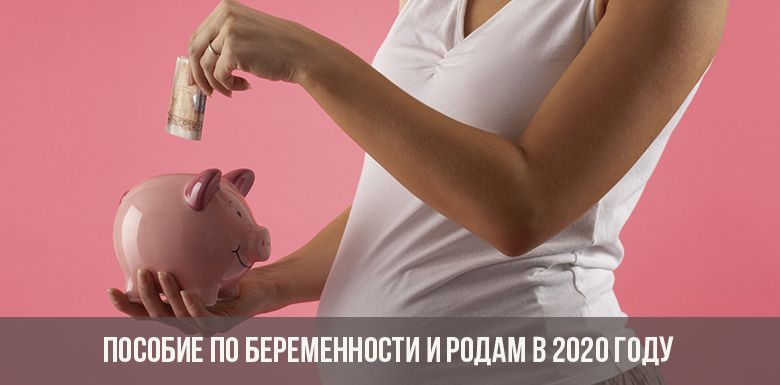Content
On the “direct line” with President Vladimir Putin on June 20, 2019, demographic issues were addressed. Among them is the possibility of increasing maternity benefits. In 2020, Russia launched the national project "Demography", whose main goal is to increase the total fertility rate to 1.7. The program is valid until 2024 and includes a number of activities, including increasing the size of maternity allowances.
According to Russian law, payments for pregnancy and childbirth are:
- maternity allowance;
- monthly assistance for caring for a child up to 1.5 years;
- one-time payment at the birth of children.
The composition and size of payments depends on the total income of the family, the number of children, the region of residence, the average wage of the expectant mother, the length of her work and other factors. An exception is a one-time allowance - it does not depend on seniority and material wealth in the family.
At a time
Any of the parents can apply for this payment - they do not have to be officially married. A working mother or father of a newborn makes a payment at the place of work or in the bodies of the Social Insurance Fund, the unemployed - in the bodies of social protection.
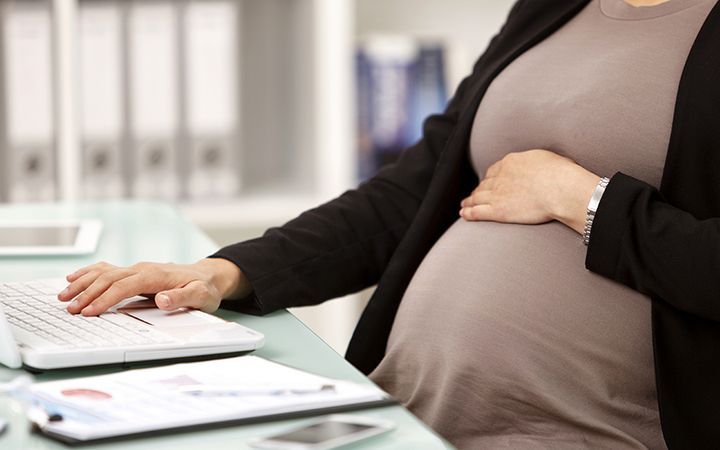
From February 1, 2019, the amount of one-time assistance is 17479, 73 rubles. - This is 4.3% more than in 2018. In 2020, it will be indexed again - how much it depends on the official inflation rate. Rosstat predicts inflation of 4%: with these indicators, the size of the payment will increase to 18178.92 rubles. A one-time allowance is paid once for each child.
Pregnancy and childbirth
In 2020, the amount of the maternity allowance will be 100% of the average daily earnings for each day of maternity leave. It lasts:
- with normal pregnancy - 140 days;
- with complicated - 156 days;
- with multiple - 180 days.
To determine the average daily earnings, all wages for the last two years (in this case for 2018 and 2019) are summed up, after which they are divided by the total number of working days. Then the resulting number is multiplied by 140 and get the amount of maternity benefits.
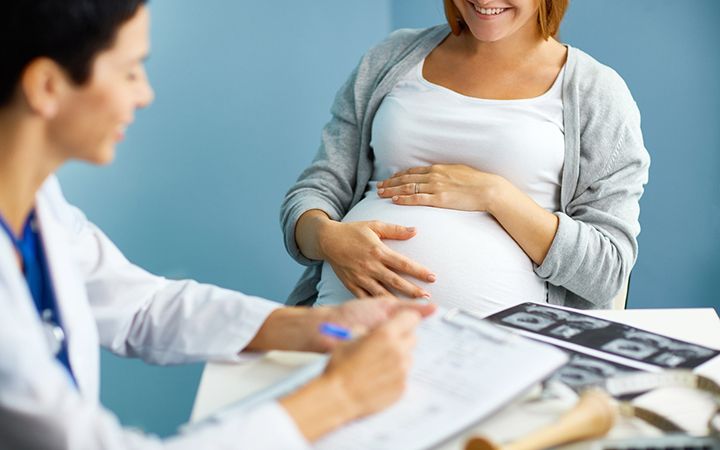
In 2020, its minimum threshold will be increased to 60.4 thousand rubles, regardless of the level of remuneration before pregnancy. The Ministry of Labor also announced an increase in benefits next year. Their growth is planned at 7-8%.
The deputies and the government were considering the possibility of increasing the payment by 4 thousand for women whose annual income amounted to or exceeded 750 thousand, but so far the corresponding law has not been adopted.
Who is entitled to maternity allowance?
Pregnant women can apply for financial assistance:
- officially employed, military or police officers;
- civilians (civilian) in military units deployed outside the territory of the Russian Federation;
- who have received the status of unemployed after leaving the liquidated company - maternity benefits are compensated by the state within 12 months;
- full-time students of educational institutions at all levels of accreditation;
- individual entrepreneurs - they receive maternity allowance for 6 months, subject to contributions to the FSS and the LTA;
- women who have adopted children younger than 3 months old.
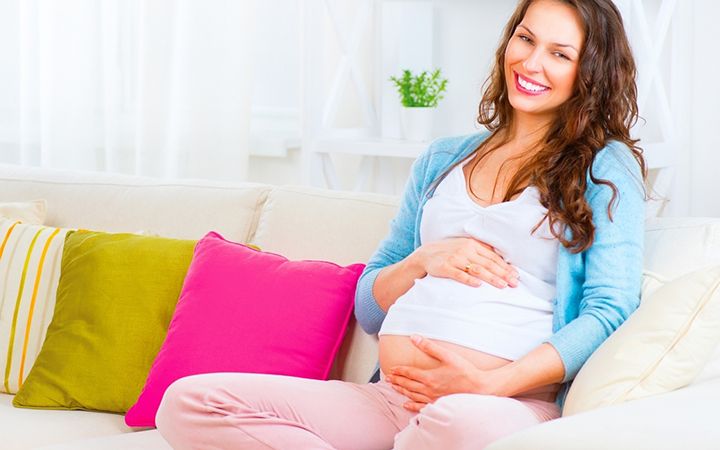
Care up to 1.5 years
The amount of this type of assistance is calculated based on their average monthly salary over the past two years. "Care" make up 40% of it. The payment is made directly at the place of work of one of the parents (the father has the right to issue it instead of the mother).
In the event that the employing company closes its activities and is liquidated, the parent will receive a fixed amount. Its size is 12,500 rubles. The lower level of the size of "care" is tied to the minimum wage - currently it is 11280 rubles. To receive material assistance from the state, a woman must be registered at the employment center and have the status of unemployed.
In 2020, the minimum wage will increase by 7.4% and amount to 12,130 rubles. Payments tied to it will rise, respectively. The maximum amount of “leaving money” up to 1.5 years in 2019 increased by 2 thousand and amounts to 26 thousand. The Ministry of Labor does not rule out another increase next year.
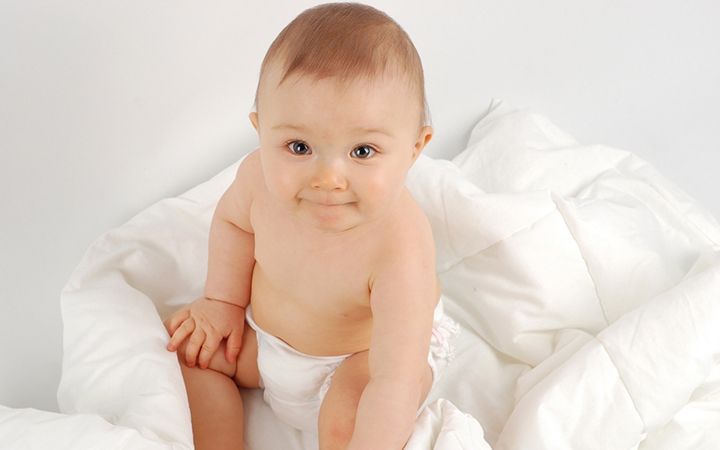
The Minister of Labor and Social Protection of the Russian Federation Maxim Topilin in his interview mentioned a significant increase in payments for children from 1.5 to 3 years. Since 2020, the government will raise its size to the level of the regional subsistence level. The national average is 11,000 rubles. Currently, the state pays parents 50 rubles.
Minister Topilin explained that the support will be targeted - those families whose income is below two living wages will be able to receive it. The State Duma has already considered the corresponding bill in the first reading. If the law is adopted in the next readings and comes into force, more than 750 thousand families will be able to count on additional material support from the state. Now parents are entitled to claim payment if the total income of able-bodied family members does not exceed 1.5 times the subsistence level established in a particular region.
Maternity Capital Index
The need to index maternal capital has been discussed repeatedly at different levels. From January 1, 2020, it will be indexed to inflation.
Forecasted inflation is usually 4-5%, and the exact percentage will be announced by the Ministry of Economic Development closer to the end of the year. According to preliminary estimates, indexed maternal capital will increase to 470 thousand rubles.
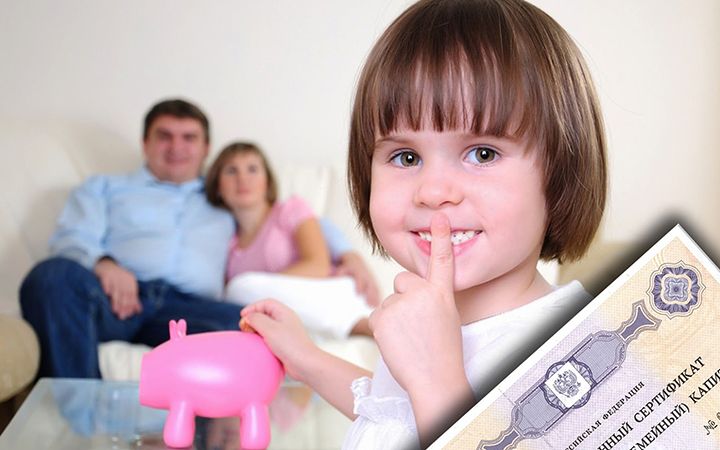
This measure is not one-time, but annual. The government of the Russian Federation does not exclude the increase of other payments, so that pregnant women and those planning a pregnancy feel more protected by the state.

